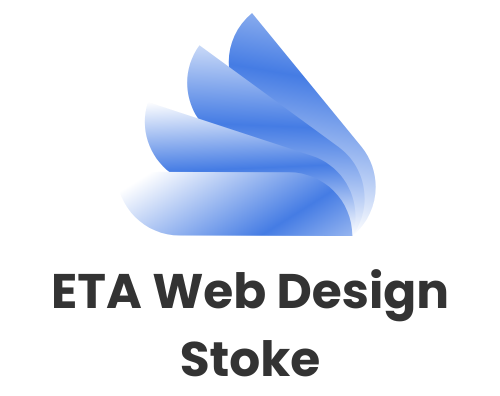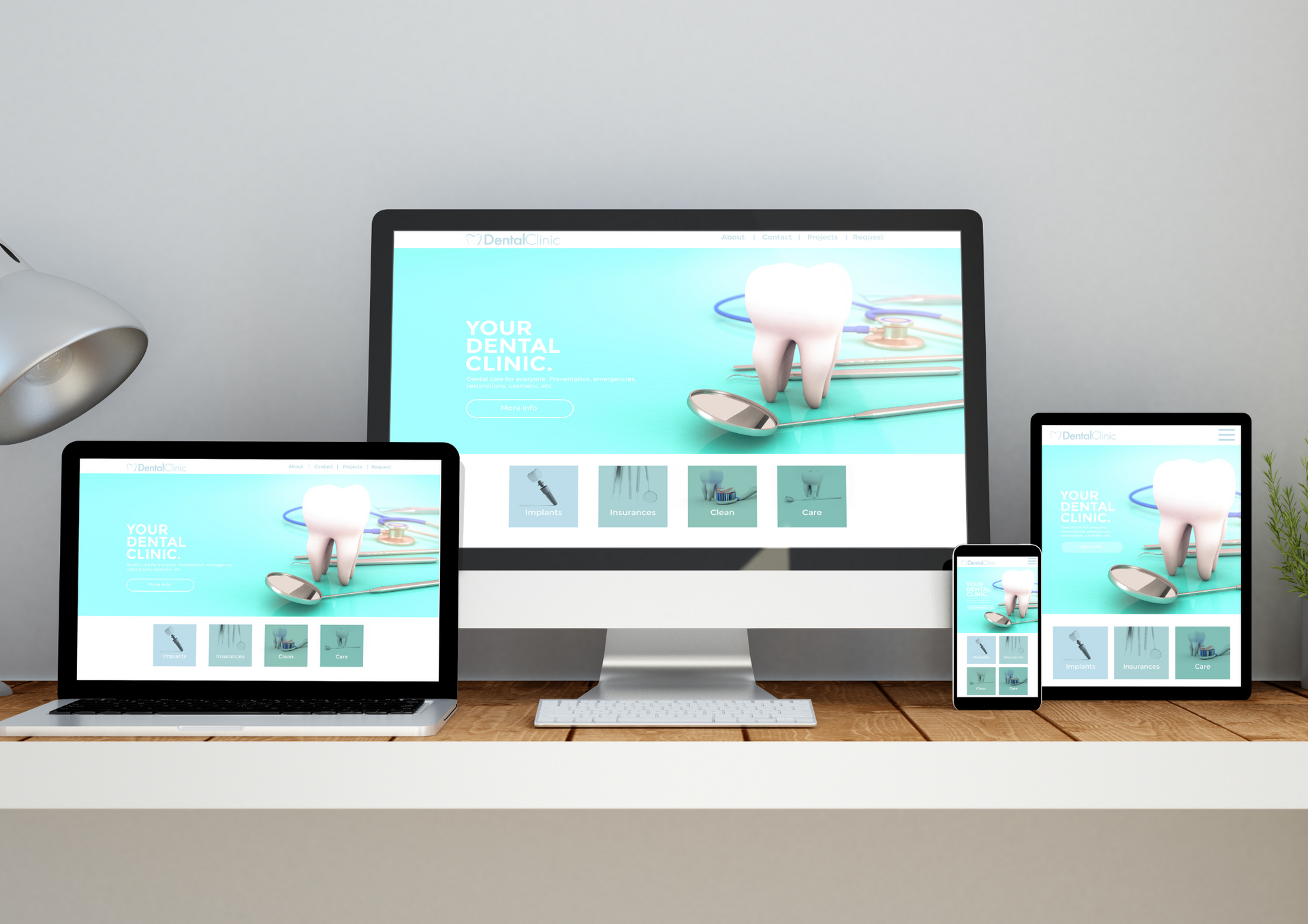In today’s digital landscape, having a well-designed website is essential for businesses seeking growth and customer engagement. Whether you operate a homeware brand, a health and wellness business, or a retail venture, a carefully planned website can elevate your online presence, reflect your brand identity, and drive tangible results. Understanding the web design process allows business owners and entrepreneurs to collaborate effectively with designers, ensuring that every aspect of their website aligns with their vision and business goals.
This guide outlines each stage, showing how designers turn ideas into engaging websites.
Planning and Research
The foundation of any successful website begins with thorough planning and research. This stage is crucial because it defines the objectives of the project, identifies target audiences, and analyses competitors’ strategies. Businesses must consider their unique selling points, audience demographics, and market trends to ensure the website is both relevant and effective.
During planning, decisions are made about the site’s structure, content strategy, and functionality. This often involves creating site maps, defining navigation paths, and determining which features will best support the business’s goals. A clear understanding of the desired user journey ensures that visitors can find information easily, engage with the content, and ultimately convert into customers.
Additionally, research informs branding decisions such as color schemes, typography, and imagery, ensuring that the website aligns with the company’s identity. By addressing these elements early on, businesses lay the groundwork for a smooth design and development phase. In professional web design, this step prevents costly revisions and helps designers create a website that truly resonates with both the brand and its audience.
Design and User Experience
Once planning is complete, the focus shifts to the visual and interactive elements of the website. UI/UX design is central to creating an intuitive, engaging user experience. This process involves wireframing, prototyping, and selecting layouts that balance aesthetics with functionality.
During this stage, designers consider how users will interact with the site, ensuring navigation is straightforward and content is accessible. Attention to detail in visual elements, including typography, color schemes, and imagery, enhances user engagement and strengthens brand recognition. A graphic design website approach ensures that these visuals are not only attractive but also cohesive with the brand’s identity and message.
Incorporating user experience principles reduces friction for visitors and encourages them to explore the site fully. Decisions around spacing, button placement, and interactive elements are guided by research and usability testing. By prioritising the end user’s needs, businesses can create websites that are not only beautiful but also practical, delivering meaningful experiences that foster trust and loyalty.
Development and Functionality
After the design has been finalized, the development phase brings the website to life. Front-end development focuses on what users see and interact with, including layouts, menus, buttons, and visual effects. Back-end development ensures that the website operates smoothly, handling data management, integrations, and functionality behind the scenes.
Selecting the right tools is essential for a professional website. In some cases, businesses may choose best website builders for scalability and ease of management, particularly if they require flexibility to update content or add features independently. Developers ensure the website is responsive, optimized for speed, and compatible across different devices and browsers, which enhances user experience and search engine visibility.
Integration of essential tools, such as analytics, contact forms, and e-commerce functionality, is also a crucial part of this stage. By combining robust development with creative design, businesses can deliver websites that meet both user expectations and operational requirements. This stage ensures the website is technically sound, visually compelling, and fully functional, ready for testing and launch.
Testing, Launch, and Ongoing Support
Before a website goes live, comprehensive testing is essential. Performance checks verify speed and responsiveness, while compatibility testing ensures the site functions correctly across browsers and devices. User experience is also evaluated, confirming that navigation is intuitive and all features operate as intended.
A smooth launch requires careful planning to avoid disruptions and ensure that content and functionality are fully operational. Post-launch, ongoing support is necessary to maintain performance, implement updates, and address any issues promptly. Businesses should partner with a reliable website designer near me to provide ongoing guidance and adjustments as needed, helping to keep the website current and effective.
Monitoring website analytics after launch offers valuable insight into user behavior, informing potential improvements and optimizations. This continuous process ensures the website remains aligned with business goals and adapts to evolving audience needs. By combining meticulous testing, a strategic launch, and consistent support, businesses can maximize the long-term success of their website.
The web design process is a journey that transforms ideas into functional, visually appealing websites. From planning and research through design, development, and launch, each stage plays a critical role in creating a professional online presence. Businesses in homeware, health and wellness, and retail can benefit from following a structured approach to ensure their website delivers results, engages visitors, and reflects their brand identity accurately.
By understanding this process, business owners are better equipped to collaborate with designers, make informed decisions, and achieve a website that drives growth and builds customer trust. A well-executed website becomes more than just a digital presence—it becomes a valuable tool for communication, marketing, and revenue generation.
ETA Web Design Stoke provides professional, results-driven solutions for businesses seeking scalable websites. Our team combines technical expertise with creative insight, offering tailored strategies for homeware brands, health and wellness businesses, and retail ventures.
We prioritize a collaborative approach, ensuring every client’s goals are understood and met with precision. From initial planning to post-launch support, our services focus on delivering functional, visually appealing websites that engage users and reflect the brand’s identity.
Just out on X: From concept to launch – everything you need to know about
web design!




